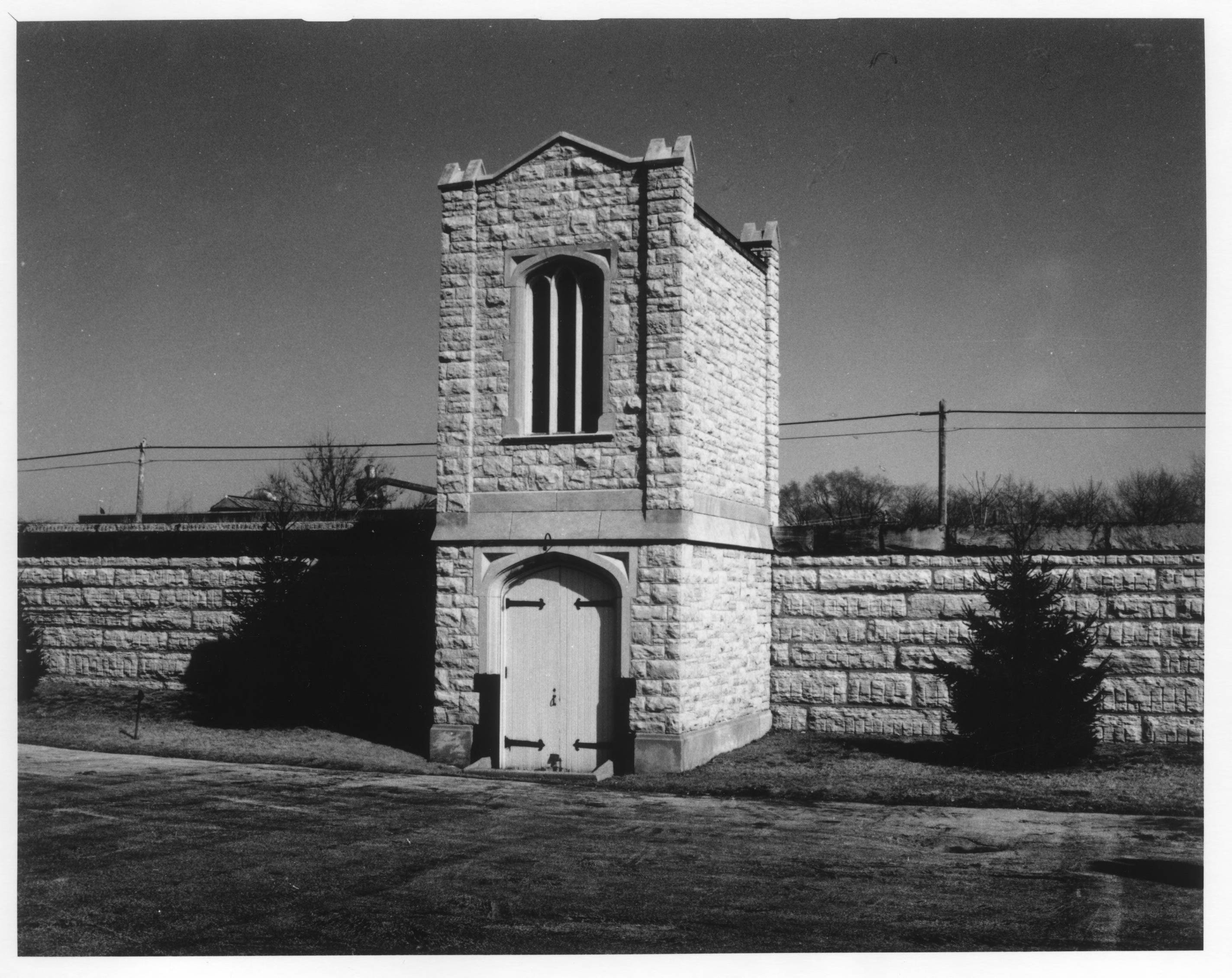Does lounging in a cemetery seem a bit morbid? It wasn’t always thought of that way. In the early 1800s, cemeteries were more akin to how we think of public parks. Cemeteries like Rosehill and Graceland were once popular “rural” cemeteries and easily accessible to Chicagoans via the railroad lines. Convenience and manicured landscapes made these cemeteries a popular destination. At present, some Chicagoans are rediscovering this pastime of cemetery exploration, so I decided to research the history behind some of Chicago’s earliest cemeteries.
Chicago City Cemetery
To understand the history of Graceland and Rosehill Cemetery, we first must explore the Chicago City Cemetery. Never heard of it? That's because it no longer exists, save from one tomb. In the mid 1800s, City Cemetery (in what is now Lincoln Park) was getting crowded. Many doctors expressed concern about people dying from diseases like cholera being buried too close to the lake.
In 1864, the City Council ordered the removal of the bodies in City Cemetery to rural cemeteries like Graceland and Rosehill, which were outside of city limits. These rural cemeteries also lauded “perpetual care” as part of their burial package, ensuring that care of the grounds was expected for years to come.
And what about the single remaining tomb? According to the Chicago Park District, the family thought that transporting the mausoleum cost too much money and leaving one tomb may serve as an “interesting reminder of the park’s origin.” You can visit the Couch Tomb at 2045 N. Lincoln Park West.
Graceland Cemetery
Graceland Cemetery is the burial site of many famous architects including Daniel Burnham and William Le Baron Jenney, and engineer Fazlur Rahman Khan. Established in 1860 as a cemetery and natural respite for those wanting to escape city life, it was initially designed by landscape architect Horace Cleveland and is now a certified arboretum.
The cemetery is filled with historical monuments like "Eternal Silence" by sculptor Lorado Taft, brewer Peter Schoenhofen's pyramid tomb and the Getty Tomb. For those of you who want something spooky, there's a statue of a young girl enclosed in a glass box with the name INEZ carved into the stone. The grave itself does not provide a name, simply stating "Daughter of J.N. & M.N. Clarke." According to Graveyards of Chicago, no Inez Clarke is buried at Graceland Cemetery.
Rosehill Cemetery
After it opened in 1859, Rosehill Cemetery was often in competition with Graceland. The name "Rosehill" is believed to originate from the words "Roe's Hill," named for local land owner Hiram Roe, who allegedly would not sell his property unless someone named the cemetery after him.
The cemetery was landscaped by architect William Saunders, and the gate (made of Joliet limestone) was designed by William Boyington. Boyington also designed the Chicago Water Tower.
John Shedd of Shedd Aquarium is buried at Rosehill, as well as businessmen like Richard Warren Sears, Ignaz Schwinn and Oscar Mayer. Visitors might want to check out the marble sculpture over the grave of Frances Pearce and her infant daughter, which was carved in Rome, Italy, shipped to Chicago City Cemetery and moved to its final destination of Rosehill Cemetery.
If you find yourself strolling through a Chicago cemetery, I hope you’ll think about the history that shaped it.





Add a comment to: Exploring History Through Chicago’s Earliest Cemeteries